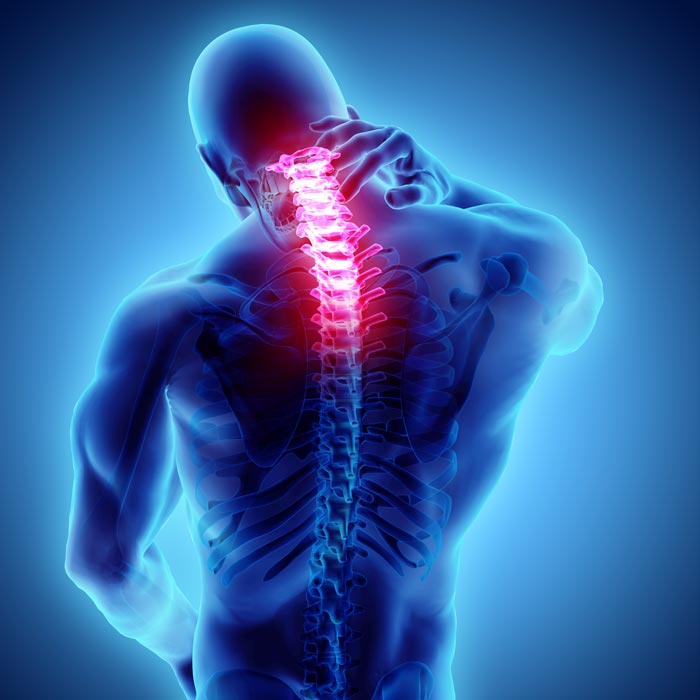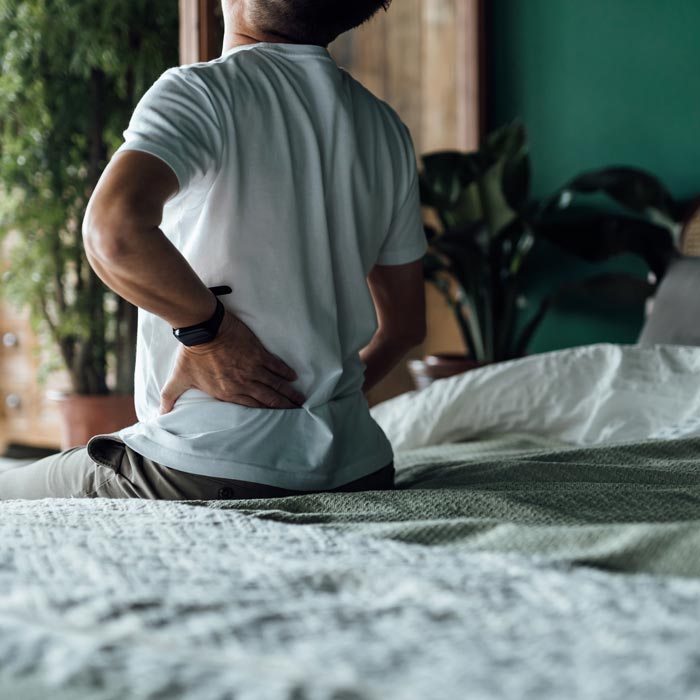Transforaminal Lumbar Interbody Fusion (TLIF)
Transforaminal Lumbar Interbody Fusion in Southlake

Indications

What to Expect
- A small incision is made in the skin over the afflicted spinal segment.
- The tissues are dissected to expose the spine.
- The appropriate parts of the spine bone are removed, and nerves are retracted to allow for access to the disc space.
- Disc is removed, and an interbody device with a bone graft is inserted between the vertebrae.
- For stabilization, screws and rods are placed in the appropriate places.
- Additional laminectomy work may be done to decompress other areas of stenosis.
- A drain is placed to allow fluid/bleeding to not get trapped at the surgical site, which is shortly removed after surgery.
- The soft tissues are approximated, and the incision is closed.
Recovery
Most patients who have had TLIF surgery are released from the hospital 1-2 days after surgery. Many patients have some or all of their symptoms improve immediately, but sometimes the improvement may take time and occur more gradually.
We encourage activity in the form of walking regularly following the surgery. A physical therapist will work with patients in the hospital following surgery during their stay. A walker will likely be required initially. A brace will be worn for 1-2 months following surgery.
Post-operative restrictions and guidelines are discussed prior to the surgery to ensure a successful outcome and safe recovery. Typically restrictions include no bending, lifting over 5-10 pounds, twisting, pushing/pulling, and reaching. Driving is restricted for several weeks following surgery. Physical therapy is typically started 3 months following surgery.
Possible Risks or Complications
- Infection
- Epidural hematoma
- Nerve damage
- Blood clots
- Non-union of the vertebrae
- Adjacent segment degeneration following a successful fusion
For more information regarding the procedure, please ask your spine provider.

